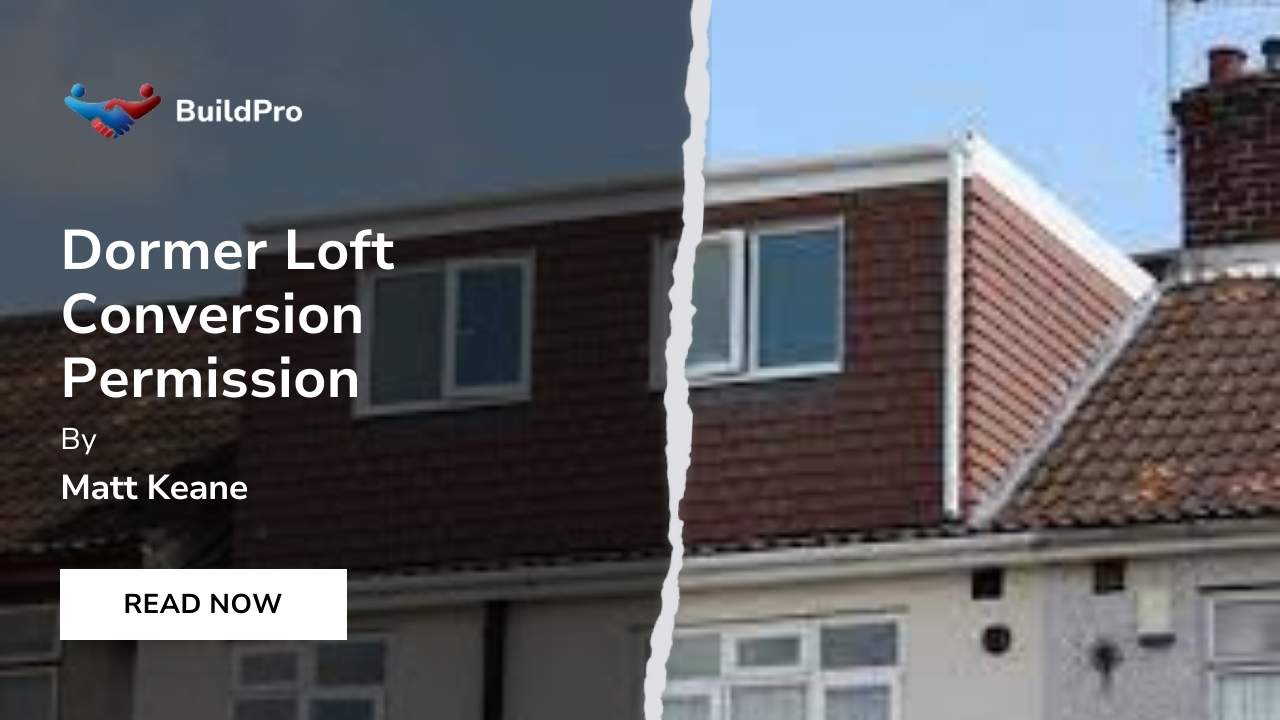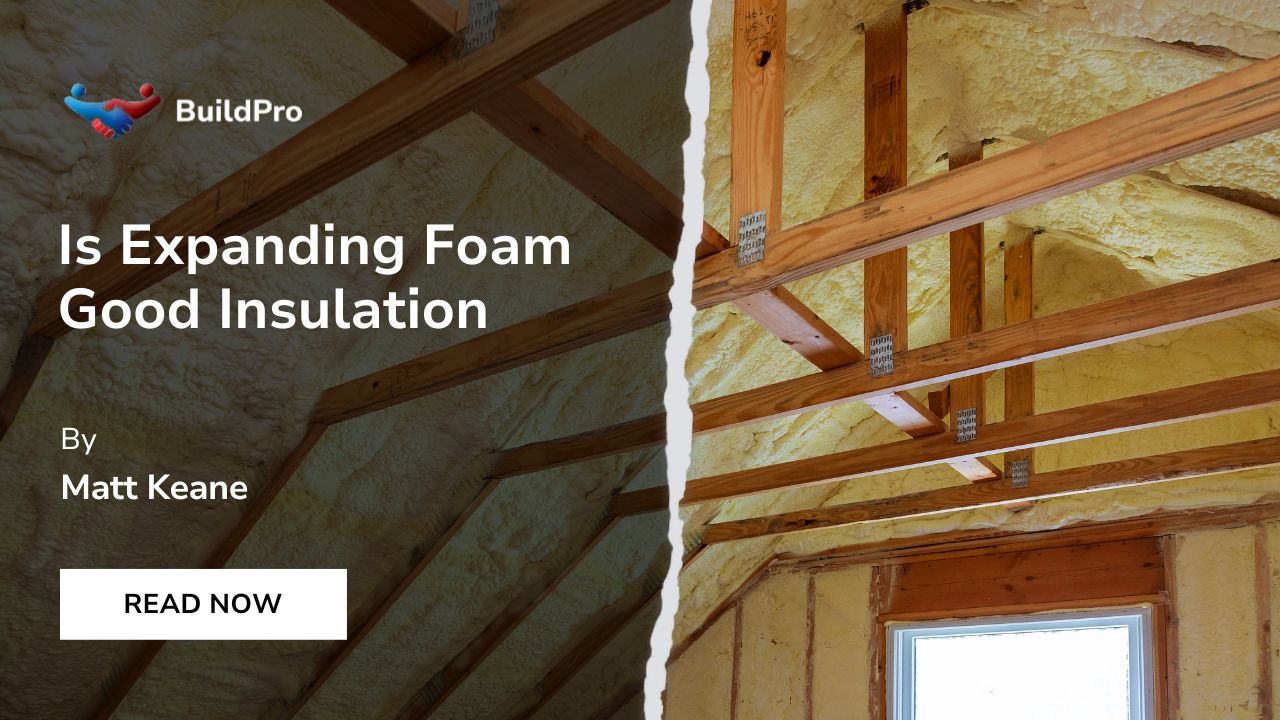Ever wondered how to get the green light for a dormer loft conversion project in your Irish home? We've been there too and discovered that it's not as complex as it seems, despite 75% of conversions needing planning permission.
Our blog is here to guide you through each step, from understanding the ins and outs of planning permissions, navigating building regulations and even balancing cost estimates. Let’s navigate these regulatory waters together!
Planning Permission for Dormer Loft Conversions
Planning permission for dormer loft conversions is required in certain circumstances, but there are also permitted development rights that homeowners can take advantage of. The need for planning permission will depend on factors such as the size and location of the conversion, as well as any impact it may have on the visual appeal of the house or surrounding area.
When is planning permission required?
Understanding the requirements for planning permission can be tricky. In many cases, if you're adding a dormer loft conversion to your home, you may not need planning permission at all - this is typically deemed as 'permitted development.' However, it's important to note that there are certain criteria your project must meet for it to be considered permitted development.
For example, the addition should not exceed the highest part of your existing roof and also should not protrude beyond the plane of any roof slope facing a road. If these conditions aren't met or if your property is in designated areas like national parks or conservation areas, you will indeed require planning permission for a dormer loft conversion.
Permitted development for dormer loft conversions
Dormer loft conversions are often considered permitted developments, which means that in most cases, homeowners do not need to obtain planning permission. This is great news for anyone looking to add more space and visual appeal to their home without going through a lengthy approval process.
By adding a dormer window to the roof, homeowners can create additional rooms or living areas and maximize the use of their attic space. Not only are dormer loft conversions practical, but they are also usually the cheapest option when compared to other types of loft conversions.
However, it's important for Irish homeowners to consult with professionals or experts who can provide guidance on specific regulations and any potential restrictions that may apply in their area.
Factors that may affect planning permission
Certain factors can have an impact on whether you need planning permission for your dormer loft conversion. The size and height of the extension, as well as its location on the property, are important considerations.
Additionally, the design and visual appeal of the dormer window may also influence whether planning permission is required. It's worth noting that each local authority may have their own specific guidelines regarding dormer loft conversions, so it's crucial to consult with experts or professionals who can guide you through the planning process based on your location and circumstances.
By understanding these factors, you can navigate the planning permission process more effectively and ensure compliance with regulations.
Building Regulations for Dormer Loft Conversions
Building regulations for dormer loft conversions include strict requirements for staircases and fire safety, as well as ensuring structural integrity and insulation meet the necessary standards.
Staircases and fire safety regulations
Staircases and fire safety regulations are important considerations when planning a dormer loft conversion. It is necessary to ensure that the staircase meets the required regulations for safe access and egress in case of an emergency.
Fire safety measures such as smoke detectors, fire doors, and adequate insulation should also be incorporated into the design. These measures are essential for ensuring the safety of occupants and compliance with building regulations.
So, it's crucial to consult professionals who can provide guidance on meeting these requirements while designing your dormer loft conversion.
Structural integrity and insulation requirements
To ensure the safety and comfort of your dormer loft conversion, it is essential to consider the structural integrity and insulation requirements. These aspects play a crucial role in maintaining the integrity of your house and creating a thermally efficient space.
When constructing a dormer loft conversion, you must adhere to building regulations that govern areas such as staircase design and fire safety regulations. These regulations are in place to protect occupants from potential hazards and ensure safe access to the converted area.
Additionally, proper insulation is necessary for maintaining a comfortable living environment while also reducing energy costs. Good insulation helps prevent heat loss during colder months and keeps heat out during warmer months, ensuring temperature regulation throughout the year.
Pros and Cons of Dormer Loft Conversions
- Benefits of dormer loft conversions include increased living space, improved natural light and ventilation, potential for a new master suite or additional bedrooms, and enhanced property value.
- However, considerations and limitations include the cost of the conversion, planning restrictions on height and visual appeal, potential disruption during construction, and the need for building regulations compliance.
Benefits of dormer loft conversions
Dormer loft conversions offer several benefits to homeowners. Firstly, they provide additional space in the home, which can be used as an extra bedroom, office, or storage area. This allows families to comfortably accommodate guests or create a dedicated workspace.
Secondly, dormer loft conversions enhance the visual appeal of the house by adding a dormer window to the roof. This not only increases natural light and ventilation but also improves the overall aesthetic of the property.
Lastly, dormer loft conversions are often more cost-effective compared to other types of loft conversions. They tend to be simpler in design and construction, making them a popular choice for homeowners looking for an affordable way to expand their living space.
Considerations and limitations
There are a few important considerations and limitations to keep in mind when planning a dormer loft conversion. Firstly, while most dormer loft conversions do not require planning permission, it is still advisable to check with your local authority or consult professionals for guidance on your specific situation.
Secondly, the size and design of your proposed dormer will need to adhere to permitted development rules and building regulations for loft conversions. It's also essential to consider the impact of the conversion on the structural integrity of your house and ensure that fire safety regulations, insulation requirements, and staircase designs are met.
Lastly, while dormer loft conversions can provide additional space and enhance visual appeal, it's crucial to carefully assess the cost estimates associated with this type of conversion.
How to Apply for Planning Permission for a Dormer Loft Conversion
Applying for planning permission for your dormer loft conversion is an essential step in the process. Here are the key steps to follow:
- Prepare the necessary documents: Gather all the required documents, including architectural drawings, structural calculations, and any other supporting documents.
- Consult with professionals: Seek advice from architects or planning consultants to ensure that your application meets all relevant regulations and guidelines.
- Submit your application: Submit your planning permission application along with the necessary documents to your local planning authority. This can typically be done online or through postal mail.
- Application review: The local planning authority will review your application, taking into consideration factors such as visual impact, height restrictions, and potential impact on neighboring properties.
- Public consultation: In some cases, a public consultation may be required to gather feedback from residents in the area who may be affected by the loft conversion.
- Decision time: Once all relevant information has been considered, the planning authority will make a decision on whether to grant or deny permission for your dormer loft conversion.
Conclusion
Planning permission for a dormer loft conversion is an essential step in the process of expanding your living space. Understanding when planning permission is required and navigating the application process are crucial to ensure a successful outcome.
By consulting experts and adhering to building regulations, homeowners can enjoy the benefits of a practical and visually appealing dormer loft conversion without any legal complications.
















